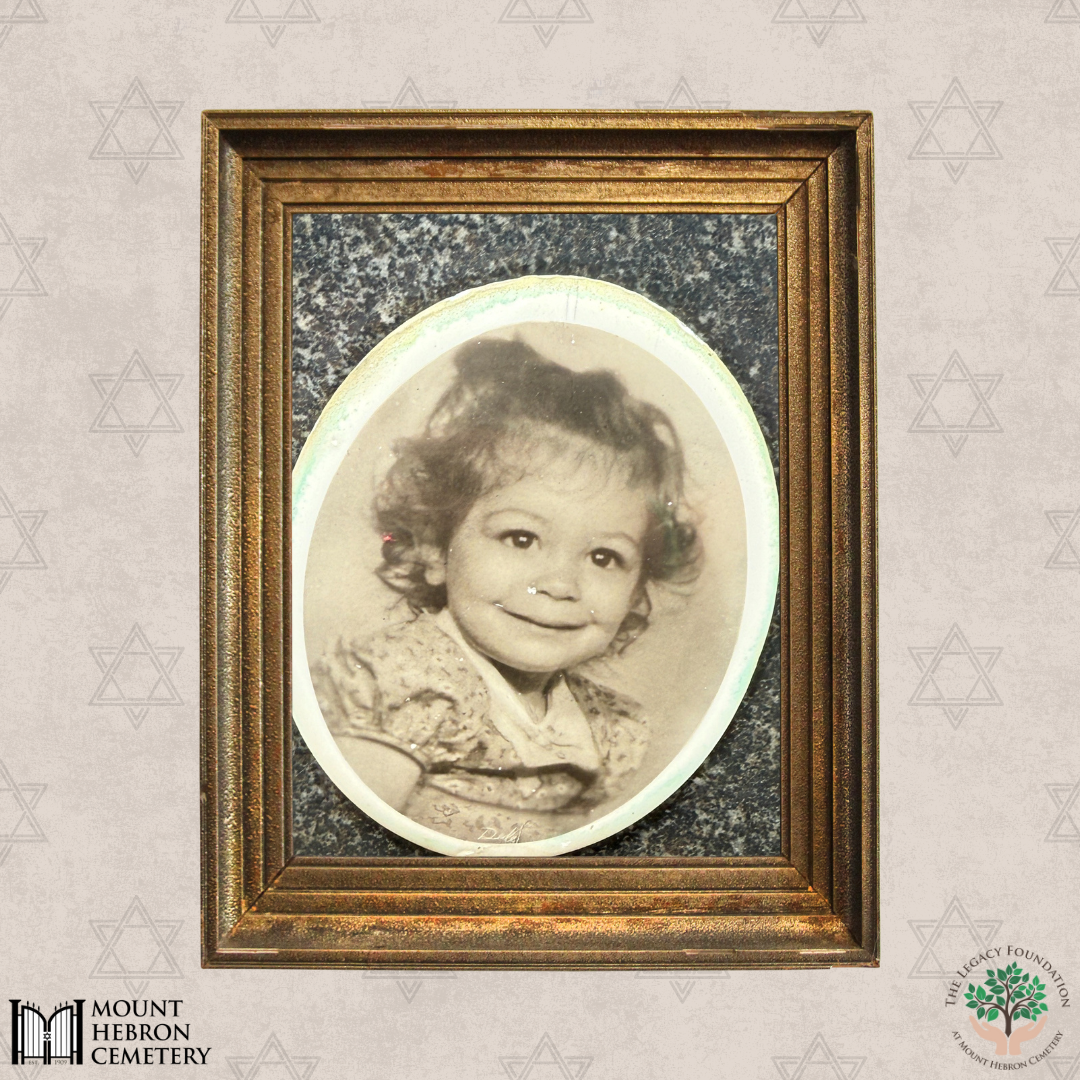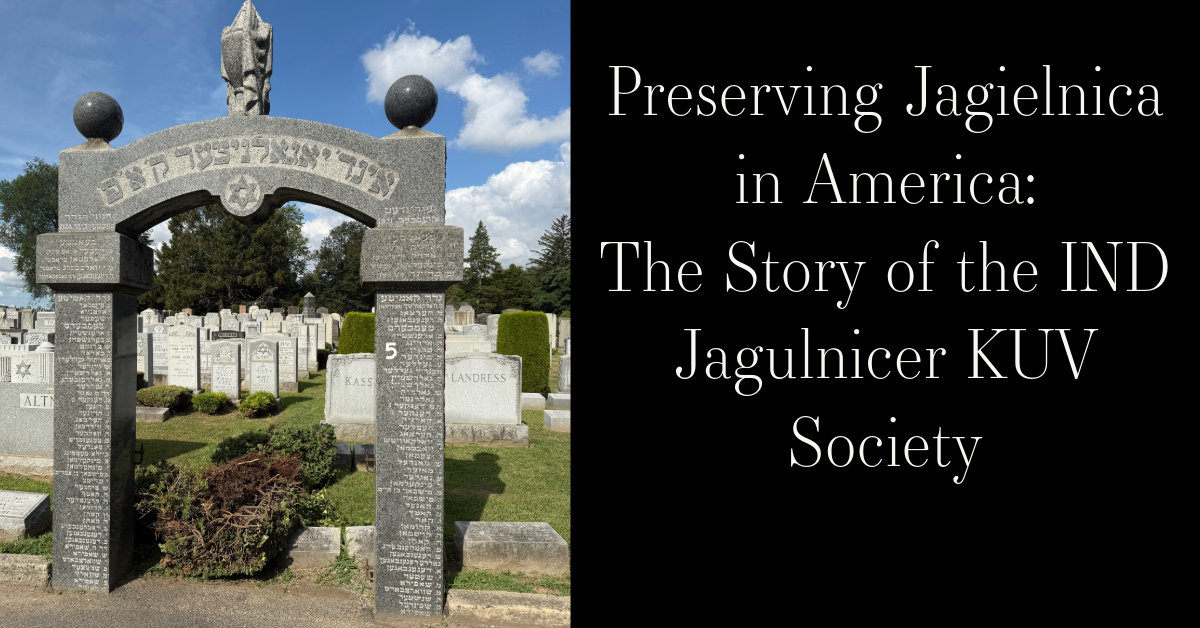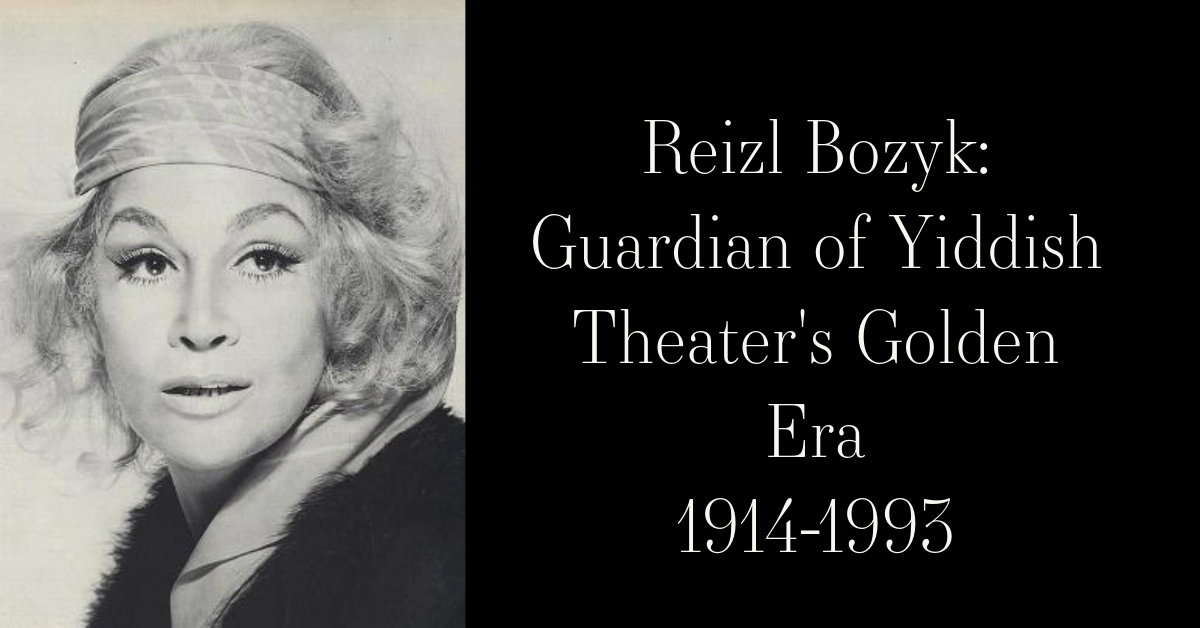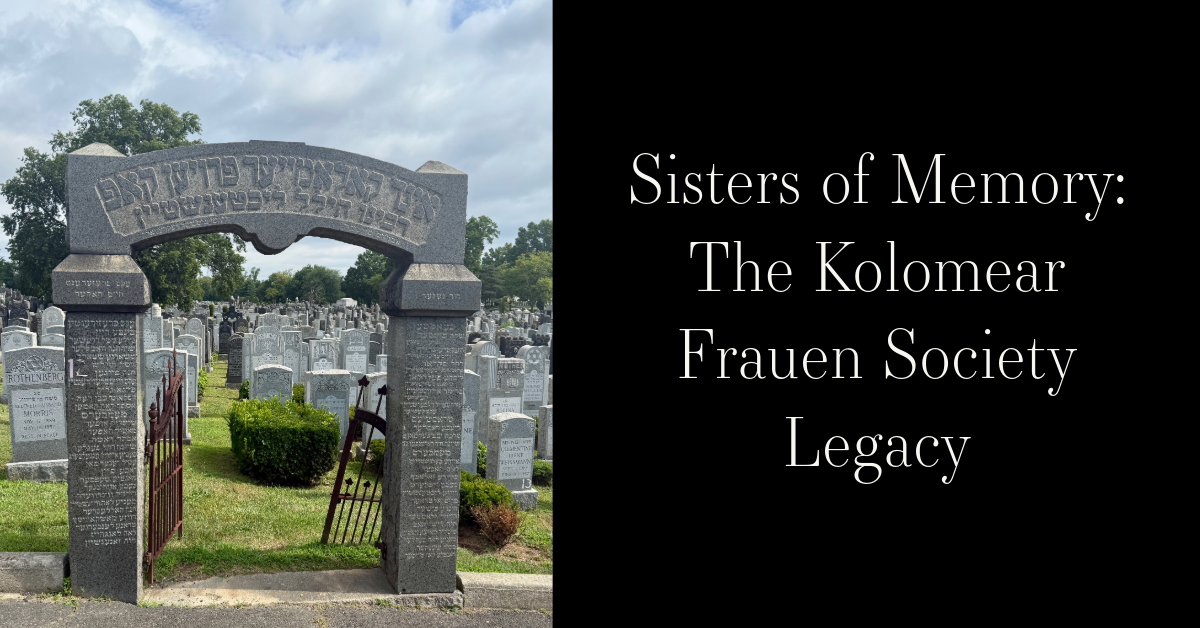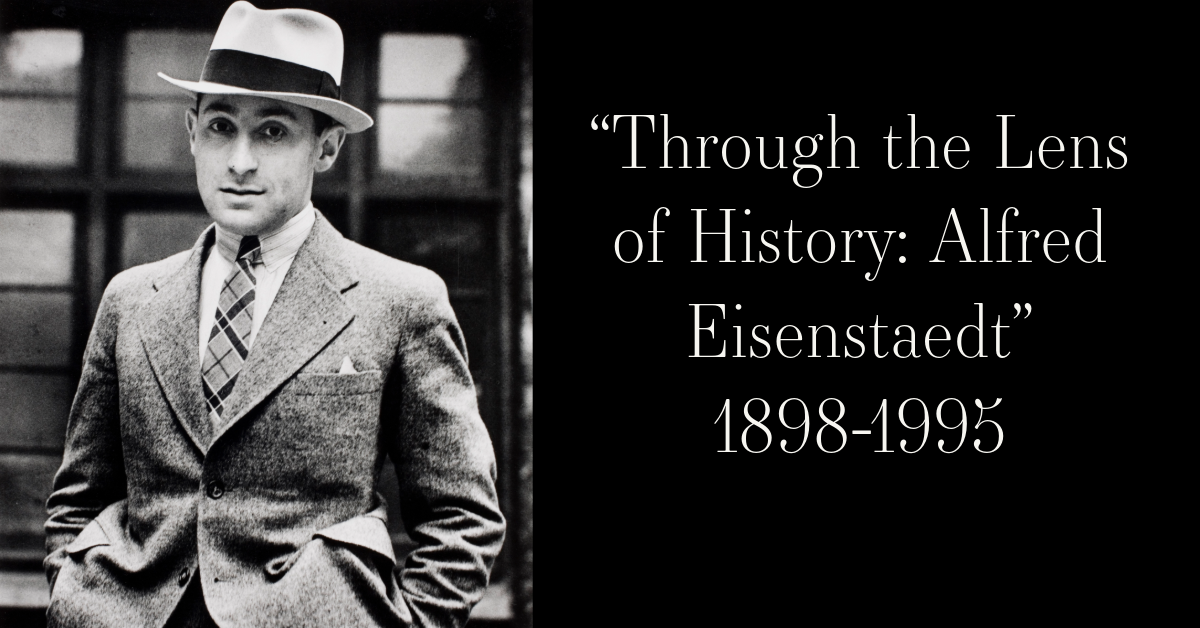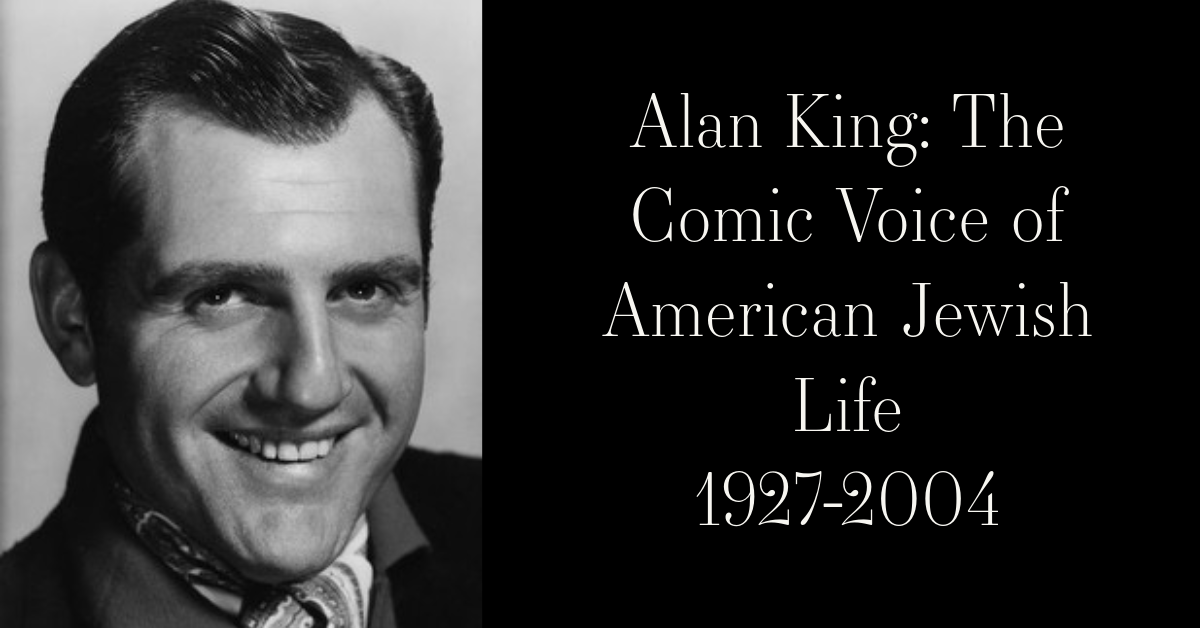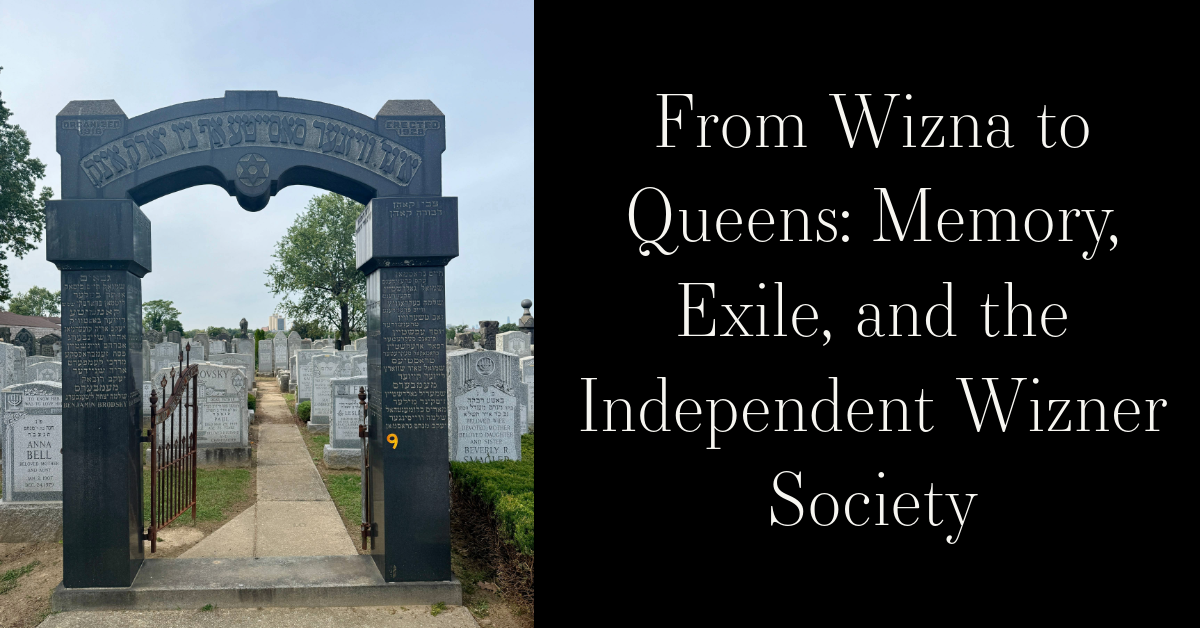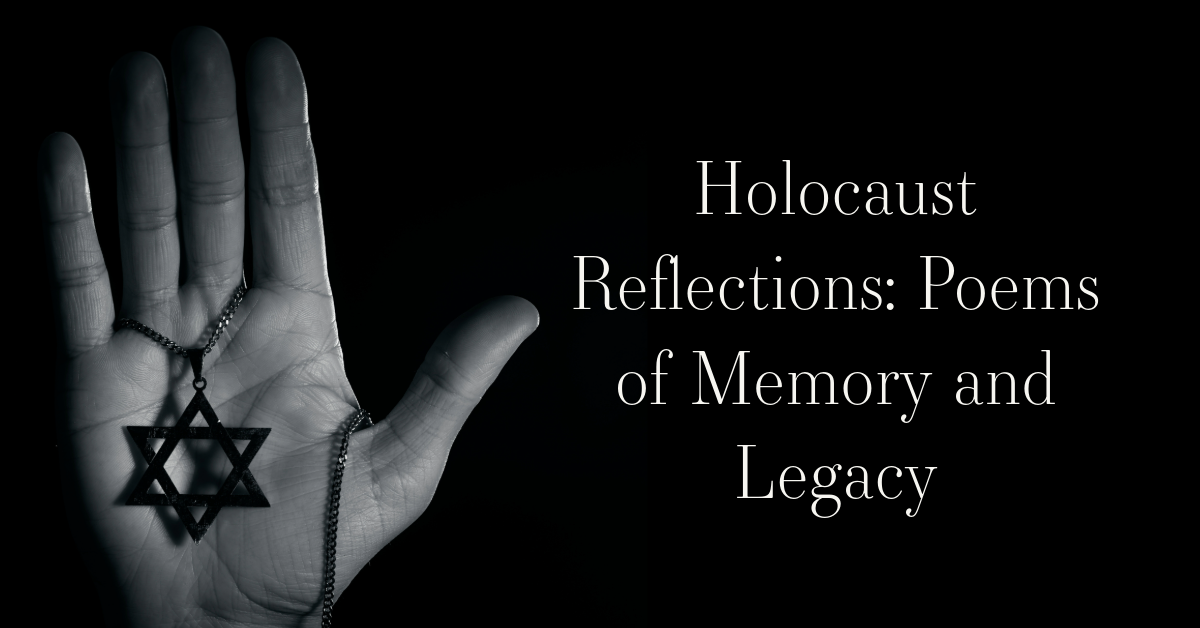Story Summary:
The Dembitzer Young Men society was established in New York by immigrants hailing from Dembitz, Poland. Initial Jewish presence in Dembitz dates to the 17th century. Under Austrian rule, the Jews of Dembitz maintained their community well, despite the economic hardships they faced as a result of severe tax levies. Dembitz's Jewish community established communal institutions, maintained their own synagogue and cemetery, and established numerous Zionist organizations. Following World War II and German occupation of Dembitz, only 51 Jews remained. All but one migrated overseas. Their memories live on. ~Blog by Olivia Scanlon
Dembitzer Young Men Blog
The Dembitzer Young Men society was established in New York by immigrants hailing from Dembitz, Poland. Jews are first mentioned in a 1690 charter for a butcher guild. During the 17th century, a number of guilds had been established, including a shoemaker guild and a weaver’s guild, implying that an organized Jewish community existed in Dembitz. In 1655, the Swedish Army invaded. Five years later, a fire devastated the town. Despite these hardships, the Jews of Dembitz maintained their lifestyles, engaging in various professions (grain dealers, teachers, musicians, and tailors). Following the Partition of Poland, the town fell under Austrian occupation. In addition to their own synagogue and cemetery, the Jews of Dembitz were able to appoint parnasims. This position entailed overseeing communal matters, maintaining birth and death records, electing trustees/bookkeepers, and to collect communal taxes.
Taxation became a heavy burden, particularly for the Jewish community as they had to pay general taxes (the income and property taxes) in addition to a marriage tax, a candle tax, and a consumption tax. In 1787, the Jews of Galicia were required to adopt German surnames as a way to embrace Germanization and demonstrate their assimilation. Shortly after, fifty one German-Jewish schools were established, one based in Dembitz (the entire school system was closed in 1806). 1804 brought mandatory enlistment into the army. Exemption from this required 200 kantar of silver (1 kantar is roughly equivalent to 100 lbs or 45kg), or the sum of a million Florin in silver utensils. Either option came with an additional fee of 500 Florins. The economic situation began to improve following the construction of the Karel Ludwig Railway Line.
A number of rabbis held positions in Dembitz, including Rabbi Shmuel, Rabbi Natan Landau the Kohen, Rabbi Shmuel Henech Gewirtz (followed by his son), and Rabbi Reuven Horowitz. On April 2nd 1891, the Jewish community of Dembitz was made independent within the administrative district of Ropshitz. The late 19th century also brought a relief organization to assist the poor, burial societies (Chevra Kadisha & Bikur Cholim). Initial recognition of the Zionist movement, alongside Haskala (short lived in Dembitz), began during this time as well, mostly as a result of the Southern Russian pogroms that were occurring. In addition to their own Zionist organization “The Union of Poale Zion” (The Workers of Zion), Dembitz worked closely with Tarnow’s Zionist organization, “Ahavat Zion” which was founded in 1897. The “Debora”, “Union of Zionist Women”, “Geula” (Redemption), and “Hashachar” (The Dawn) were additional organizations established in the 20th century. In 1910, a local umbrella committee was established to coordinate the activities of these various organizations.
On September 8th, 1939, the Germans entered Dembitz, subjecting its Jewish community, which at this time amounted to almost 3000 souls, to its anti-Jewish legislation, including the removal of Jewish children from public schools, the requirement to wear the Star of David, and in 1941, the forced relocation into a ghetto (located at Żeromskiego Street and Kilińskiego Street). In 1940, a census was carried out, dividing the community between those who were fit to work and those who weren't. Until 1943, the Belzec extermination camp was the location those who were not fit to work were sent to. Jews from Sędziszów Malopolski, Ropczyce, Pilzno, and others were actively transported to the severely overcrowded Dembitz ghetto (holding abou 12,000 people). In July/August of 1942, about 200 people were taken to Wilicka Forest and killed. That same time, about 4000 people were transported to Belzec (2000 of which were native to Dembitz).
After hearing certain ghettos were to be reduced to include only Krakow, Tarnowm Bochina, Przemyśl, and Rzeszow, many from Dembitz immediately fled, with many going to Bochina. In September, however, all from Bochina were sent to Auschwitz Birkenau. The liquidation of the Dembitz and Rzeszow labor camps resulted in a series of transportations to thirteen different areas, including Plaszow, Wilicka, and Flossenburg. In December of 1942, the liquidation of the Dembitz ghetto began. The engine house workers were initially spared. In August 1943, the ghetto had been completely liquidated. Some had escaped, while others survived by hiding among the Christians. Soviet troops approached in 1944, and in May of 1945, about 51 Jews had survived. In 1946, only 9 remained, with many migrating to Israel or the United States. In 1991, the last Dembitz Jew, Izrael Goldberg, passed.
https://www.debica-the-shtetl.com/nyc.html
https://www.jewishgen.org/yizkor/debica/dembitz.html (Selected Chapters)
https://sztetl.org.pl/en/towns/d/202-debica/99-history/137234-history-of-community
https://dembitzer.pl/?page_id=161
https://muse.jhu.edu/document/2636
~Blog by Olivia Scanlon



